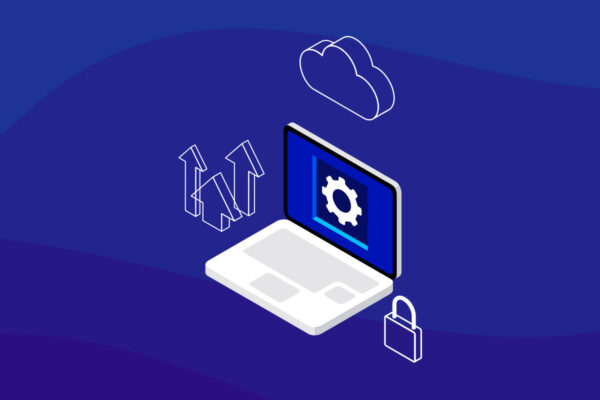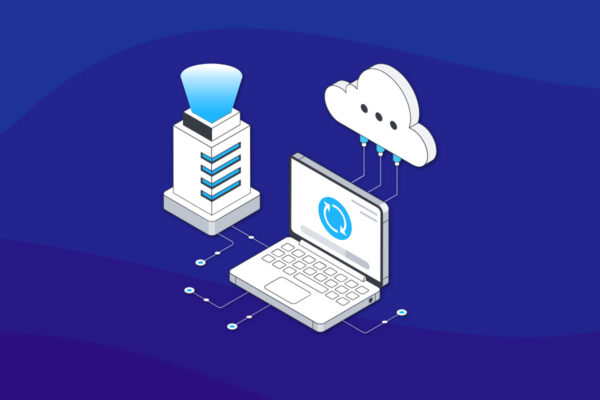Azure Server Protection: Why and How
You have probably encountered the misconception that data in the cloud no longer requires backup. This idea is still running roughshod in the Software as a Service (SaaS) space and will undoubtedly carry over into the Infrastructure as a Service (IaaS) world as more SMBs move server workloads into Microsoft Azure or other providers’ clouds.
As a managed service provider (MSP), it is imperative to communicate the need for backup and recovery of Azure server workloads to clients. So, let’s take a quick look at the why and how.
Why SMBs Need To Protect Azure Workloads
Cloud servers are not foolproof, they fail just like on-prem servers. Workloads hosted in Azure are just as vulnerable to hardware failure, ransomware, data corruption, and user error as those hosted on on-premises. And Microsoft does not take sole responsibility for protecting information hosted on its cloud servers. Instead, users operate under what is known as a “shared responsibility model.”
In this model, Microsoft protects against:
- Service interruptions due to hardware or software failure
- Loss of service due to natural disaster or power outage
And, users must protect data against:
- Accidental deletion and other user errors
- Hackers, ransomware attacks, other malware
- Malicious insiders
- Data corruption
How To Protect Azure Workloads
There are a variety of options for protecting workloads in Azure today. Some use their existing backup software, while others use software specifically designed to run in Azure. A more important consideration is whether you’ll simply back up data or use a solution that enables fast recovery of normal business operations, (e.g. a business continuity and disaster recovery (BCDR) solution).
Ideally, you’ll choose a solution that gives you a variety of restore options (granular file restore, VM-based server recovery, bare metal recovery to on-prem, etc) to meet specific recovery scenarios. Flexibility is key.
These, of course, are the same choices you need to make regarding on-premises server workloads. That’s the point though, nearly everything about on-prem data protection applies in Azure. You just don’t have to procure and maintain server hardware. The cloud provider handles that. Which leads to another important decision you’ll need to make. Where will backups live?
For MSPs, this boils down to two broad options: Public cloud (Azure or a secondary provider) or a backup vendor’s cloud. For the latter path, MSPs now have Datto Backup for Microsoft Azure available, a best-in-class business continuity and disaster recovery (BCDR) solution built exclusively to meet the needs of MSPs. It provides the ability to customize protection and streamline recovery for critical business infrastructure residing in Microsoft Azure.
Interested in learning more? Download The MSPs Guide to Business Continuity and Disaster Recovery.




